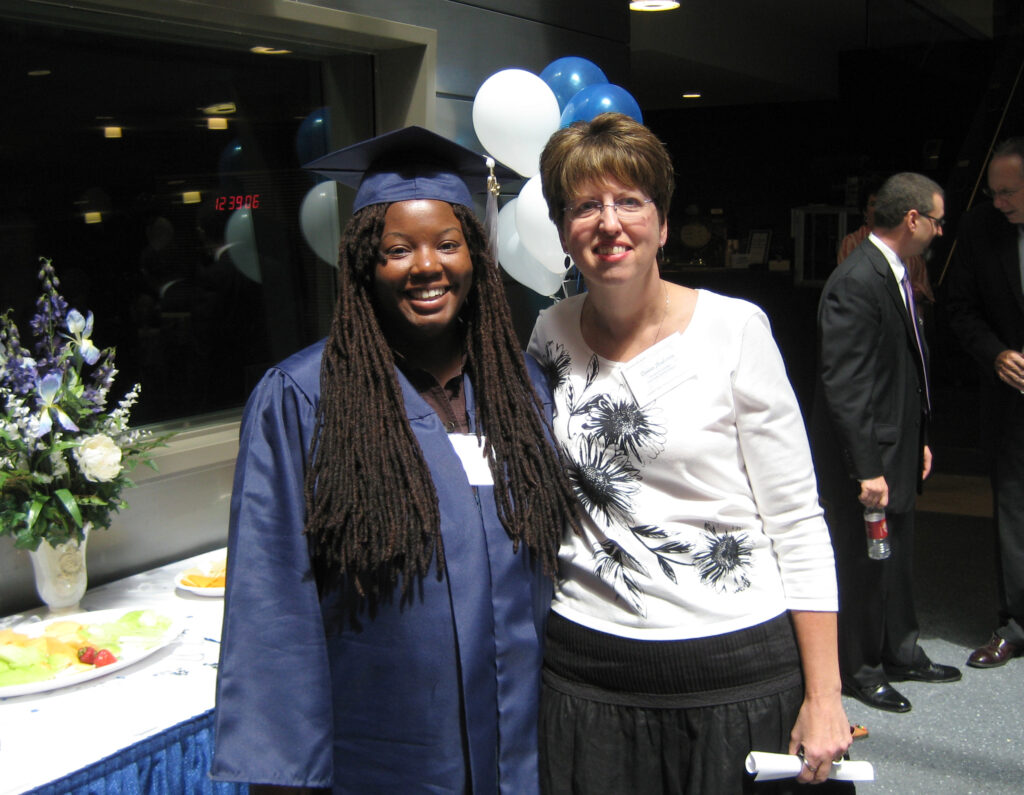
Choosing to attend graduate school is a big decision. This is a major step that will require significant commitment of time and effort on your part. However, there can be a valuable payoff; your completion of a graduate school program can be a valuable asset in your career, and can pave the way for many new opportunities.
The first step in selecting a graduate school is to consider if your career goals require further education. Essentially, know your rationale. Talk to faculty, staff, advisers, other grad students, and a career counselor to determine your career goals. Use resources such as the listings in the Career Services’ Further Education or virtual resources listed by our Career Information Center.
Once you decide you want to attend graduate school, you will then need to pick a specific school. To do this, you will want to know:
- admission requirements and deadlines
- costs
- sources of financial aid and how students pay for graduate education
- faculty research and teaching interests
- curriculum and degree requirements
- opportunities for experiential learning (internships, practica, field-experiences, volunteer opportunities)
- program accreditation and reputation of the graduate program within the academic and professional field
- the types of careers that graduates of the program pursue after completing a graduate degree
This is a critical point in the process, as you want to select a school — and a specific
program — that will be a good fit for you. Each graduate school is unique, and not every one of them will be right for you. It is important to choose a program that meshes well with your learning style, that accommodates your individual needs, and that can help you achieve your primary educational and professional goals. This may be a great time to meet with a career counselor to establish your goals and learn about various resources.
An important element in exploring graduate programs is to speak with faculty and students currently involved with the program that you are exploring. Visit schools and programs if at all possible. This will give you a much better feel for the programs you are interested in attending. Make arrangements in advance to meet with faculty, the individual who coordinates the applicant review, and some graduate students. If you cannot visit a program, scheduling an appointment to speak with someone is another option to learn about program details, as well as share information about your interests and goals. Before contacting programs, take time to list and prioritize questions that can be asked of students and faculty members.
Once you decide graduate or professional school is right for your career, there are application materials to complete. For details about common graduate admission application materials, please read about applying to graduate or professional school.
Penn State World Campus students: Be proactive and get to know your instructors! If the admissions staff asks for academic letters of recommendation, then you want to follow that direction. While stressful for many students, asking for faculty letters of recommendation can feel particularly challenging to online learners because they have to take extra steps to get to know their instructors. Getting to know faculty is a critical part of your undergraduate experience. Penn State World Campus students can use office hours to call or otherwise get to know their instructors. You can join clubs to get to know faculty. While there are probably other ways, online students who do not have real-time, face-to-face exchanges in class have to create opportunities to develop relationships with faculty.
Penn State World Campus offers various graduate degrees in a range of areas. If you are thinking about attending graduate school, consider attending a Career Services webinar or speak with Career Services staff for assistance.
For more help in making this decision, attend our Deciding on a Grad School webinar, to be held on October 19 at 12:30 p.m. (Eastern Time).
Note: this post was also written by Karen Armstrong




